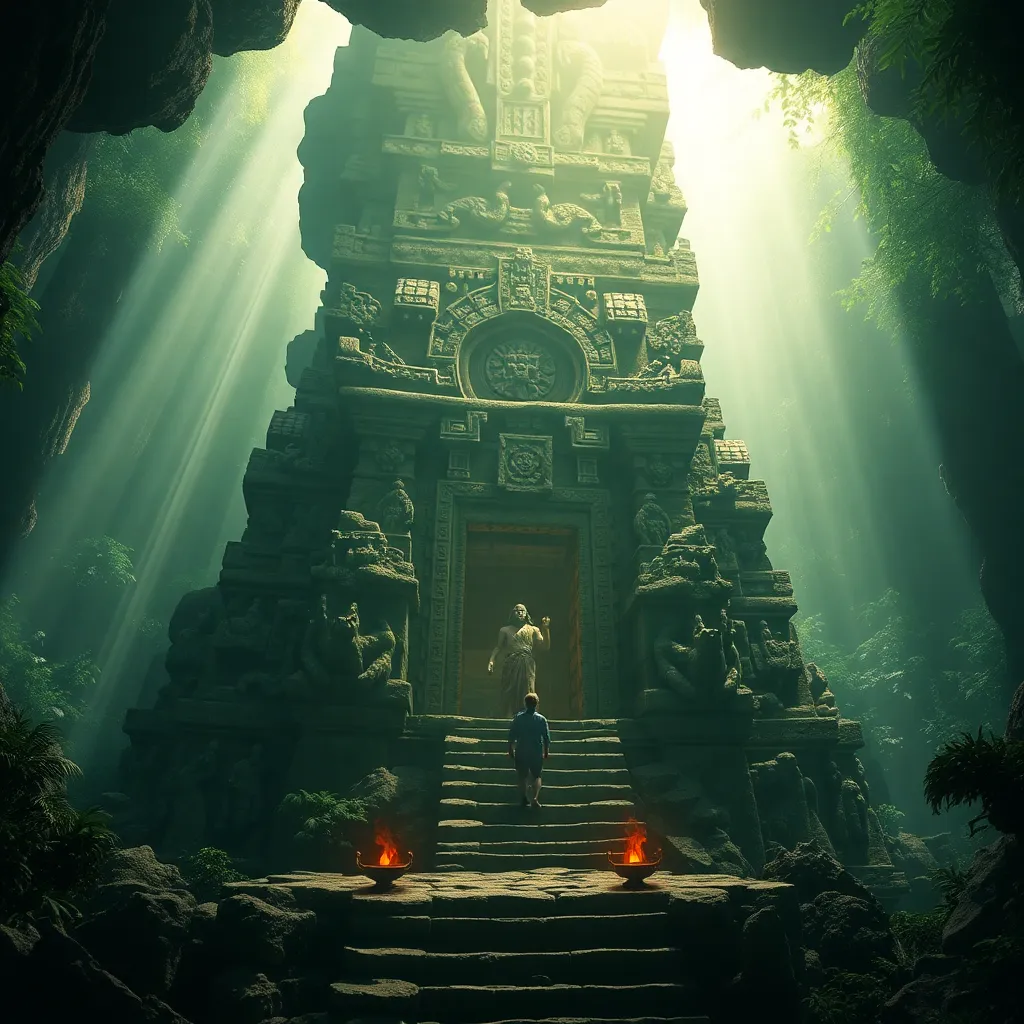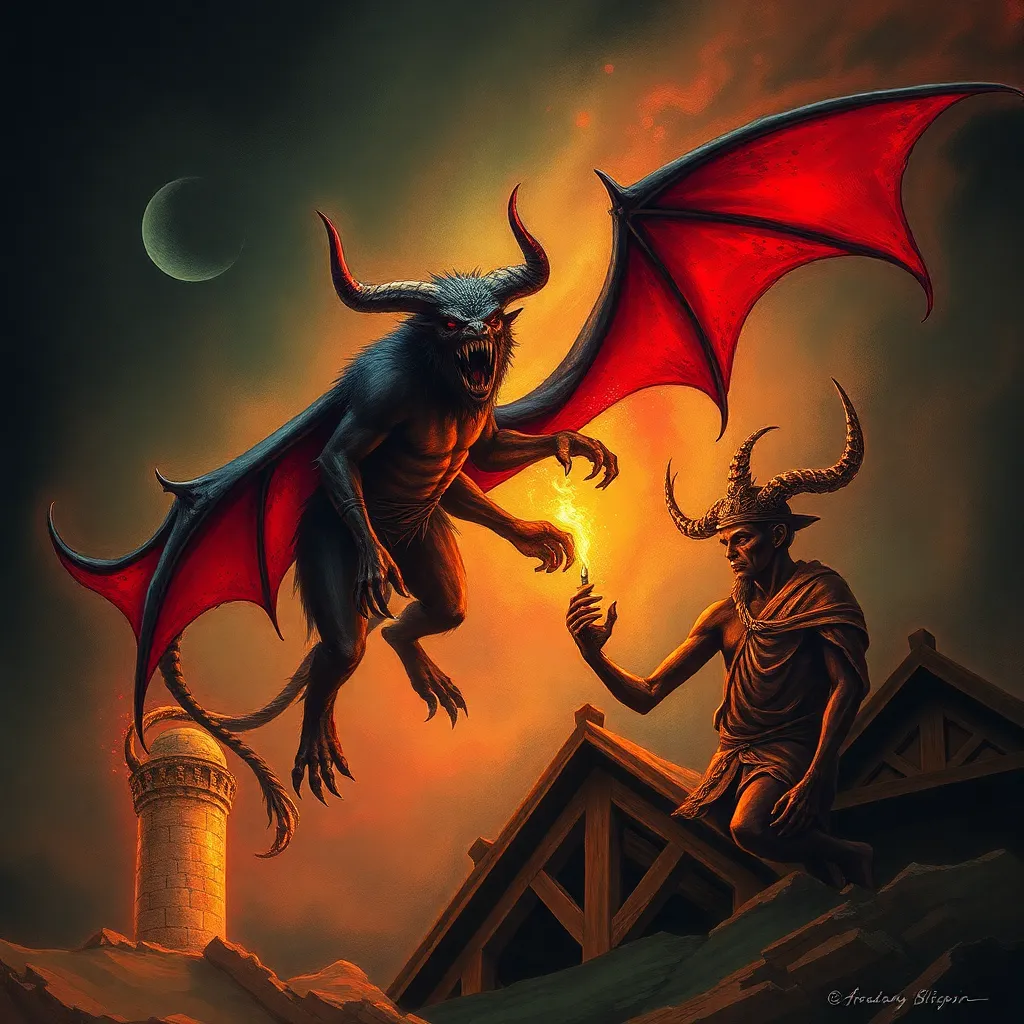The Mayan Underworld: Itzamná’s Journey Through the Xibalba
I. Introduction to the Mayan Underworld
Xibalba, often referred to as the Mayan underworld, holds a significant place in the rich tapestry of Mayan mythology. This mythical realm is not merely a place of darkness and despair; it embodies the dualities of life and death, reflecting the cyclical nature of existence. Central to this narrative is Itzamná, a revered creator god whose influence permeates various aspects of Mayan cosmology.
II. The Concept of Xibalba
Xibalba is described as a complex underworld, characterized by various trials and challenges. It serves as a transitional space for souls after death, where they undergo tests that determine their fate in the afterlife. The concept of Xibalba encapsulates the Mayan beliefs regarding the inevitability of death and the journey that follows.
In Mayan cosmology, Xibalba is associated with:
- Darkness and death
- Challenges and trials faced by souls
- Transformation and rebirth
Symbolically, Xibalba represents the unknown and the transformative power of death, serving as a reminder that life continues beyond physical existence.
III. Itzamná: The Creator God
Itzamná is one of the most significant deities in the Mayan pantheon. Often depicted as an old man, he embodies wisdom and creation. As a creator god, Itzamná is credited with the origin of the universe, humanity, and various aspects of nature.
His attributes include:
- God of the sky and earth
- Guardian of knowledge and wisdom
- Influence over life cycles and the underworld
In the context of Xibalba, Itzamná’s role extends beyond creation; he is also a figure who navigates the complexities of existence, embodying the balance between life and death.
IV. The Journey Through Xibalba
The journey through Xibalba is fraught with challenges, reminiscent of the trials faced by souls in the afterlife. Itzamná’s journey serves as an allegory for the struggles inherent in life and the inevitability of death. This journey is marked by key encounters that impart valuable lessons:
- Confrontation with fear and uncertainty
- Understanding the importance of resilience
- Embracing change and transformation
Symbolically, this journey reflects the broader human experience, highlighting the need to confront our fears and embrace the cycles of life and death.
V. The Lords of Xibalba
Within Xibalba, a pantheon of deities, known as the Lords of Xibalba, governs the underworld. These gods are often depicted as fearsome and powerful figures who preside over the trials that souls must face.
The relationship between Itzamná and the Lords of Xibalba is complex. While they may serve as adversaries in the trials, they also represent essential aspects of life that must be acknowledged and embraced. The interactions between Itzamná and these lords underscore the significance of balance in the universe, illustrating that both creation and destruction are necessary for growth and transformation.
VI. Themes of Transformation and Resurrection
The themes of transformation and resurrection are central to Itzamná’s journey. Throughout the trials in Xibalba, Itzamná embodies the notion that death is not an end but a precursor to new beginnings. This belief in resurrection is deeply rooted in Mayan culture, reflecting a cyclical understanding of life.
Key aspects of these themes include:
- The idea of death leading to renewal
- The transformation of the soul through trials
- The interconnectedness of life and the afterlife
Itzamná’s influence in this cyclical process reinforces the belief that through death, one can achieve a higher state of existence.
VII. Cultural Legacy of Itzamná and Xibalba
The journey of Itzamná and the world of Xibalba have left an indelible mark on Mayan art, literature, and cultural practices. These narratives are often depicted in:
- Murals and pottery, showcasing scenes of the underworld
- Codices that document the creation myths and cosmology
- Rituals that honor the cycles of life and death
In modern interpretations, the themes of Itzamná and Xibalba continue to resonate, influencing contemporary understandings of Mayan culture and spirituality. The enduring legacy of these myths highlights their relevance in discussions about life, death, and rebirth in today’s society.
VIII. Conclusion
In summary, Itzamná’s journey through the Xibalba serves as a profound exploration of the Mayan understanding of life, death, and transformation. Through trials and tribulations, this narrative highlights the importance of resilience and the cyclical nature of existence. Understanding these myths provides deeper insights into Mayan culture and the values that shaped their worldview.
Reflecting on the relevance of Xibalba in contemporary society invites us to consider our own journeys through life and the transformations we undergo. The story of Itzamná and the underworld remains a powerful reminder of the interconnectedness of all life and the enduring quest for knowledge and understanding.



